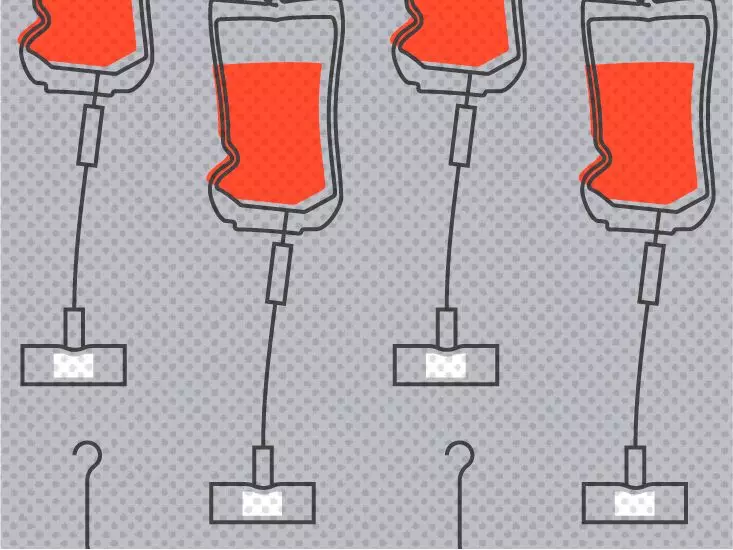Ruconest (C1 esterase inhibitor [recombinant]) is a brand-name biologic drug that is primarily prescribed for hereditary angioedema in adults and select pediatric patients.
Cost Factors
The cost of Ruconest can vary significantly based on several factors, including whether the drug has a savings program, your treatment plan, your insurance coverage, and the pharmacy you choose to obtain it from. The cost considerations can be substantial, especially when considering the supplies needed to administer Ruconest at home, such as intravenous infusion set, syringe, gauze, and bandages.
Difference Between Biologic and Biosimilar Drugs
The cost disparity between biologic drugs like Ruconest and biosimilar drugs arises from the extensive research required to establish the safety and efficacy of biologics. Manufacturers of biologic drugs are granted a patent for up to 12 years, during which they have exclusive rights to sell the medication. Once the patent expires, multiple manufacturers can produce biosimilar versions, leading to increased competition and potentially lower costs.
Patients prescribed Ruconest for long-term use can explore various cost-saving strategies. Opting for a 90-day supply of Ruconest may reduce pharmacy visits and overall expenses. Additionally, utilizing a mail-order pharmacy service can offer convenience and potential savings. Patients without health insurance can investigate online pharmacy options and financial support programs to afford Ruconest.
Insurance Coverage and Prior Authorization
For individuals with insurance, prior authorization from the insurance company may be required before coverage is granted for Ruconest. Failure to obtain prior authorization could result in the patient bearing the full cost of the medication. It is essential to clarify with your insurance provider whether Ruconest necessitates prior authorization to avoid unexpected expenses.
Patients facing challenges in affording Ruconest should explore available financial assistance programs and resources. The Ruconest Patient Savings Program and online platforms offering information on drug assistance programs and insurance coverage optimization can provide valuable support. Consulting with healthcare professionals and utilizing available resources can help navigate the financial aspects of Ruconest treatment effectively.
The cost of Ruconest for hereditary angioedema treatment is influenced by various factors, including insurance coverage, supply requirements, and the presence of savings programs. Patients are encouraged to proactively discuss cost considerations with their healthcare team and explore potential cost-saving opportunities to ensure continued access to Ruconest therapy.

